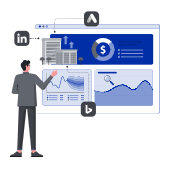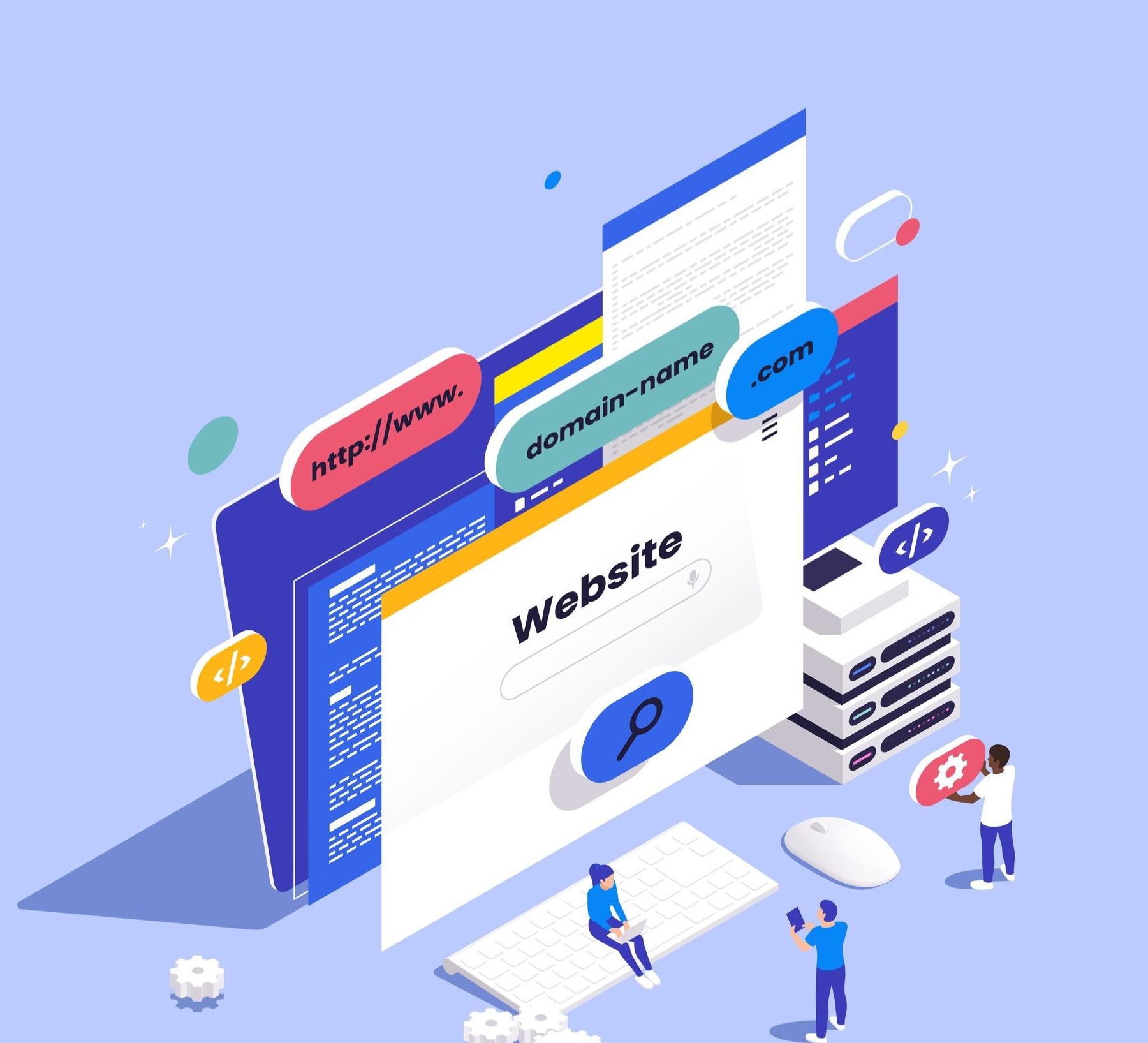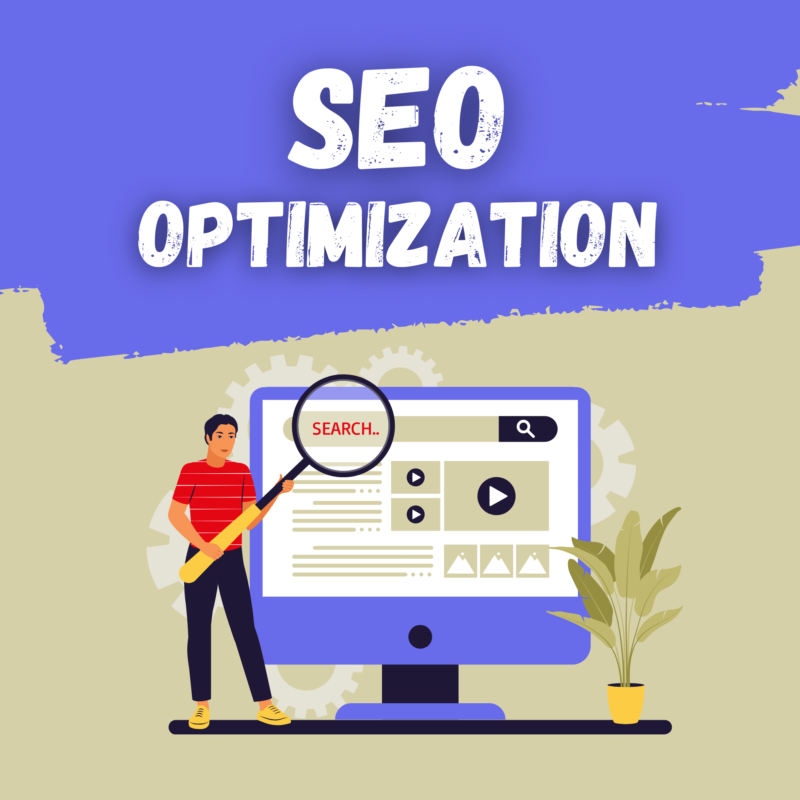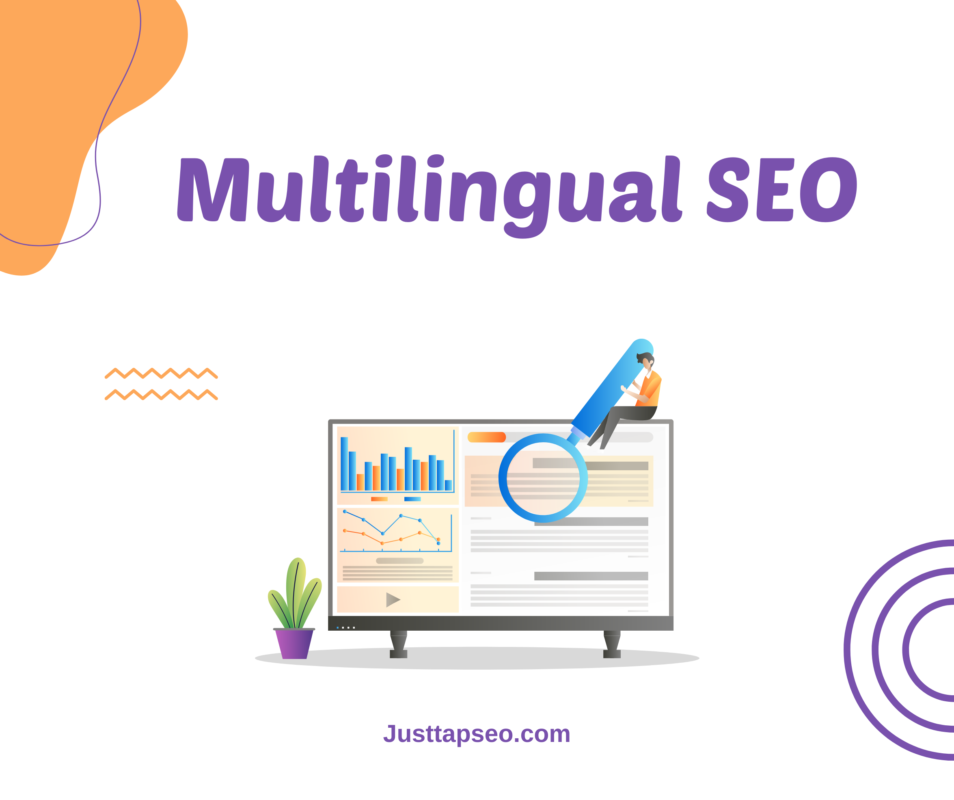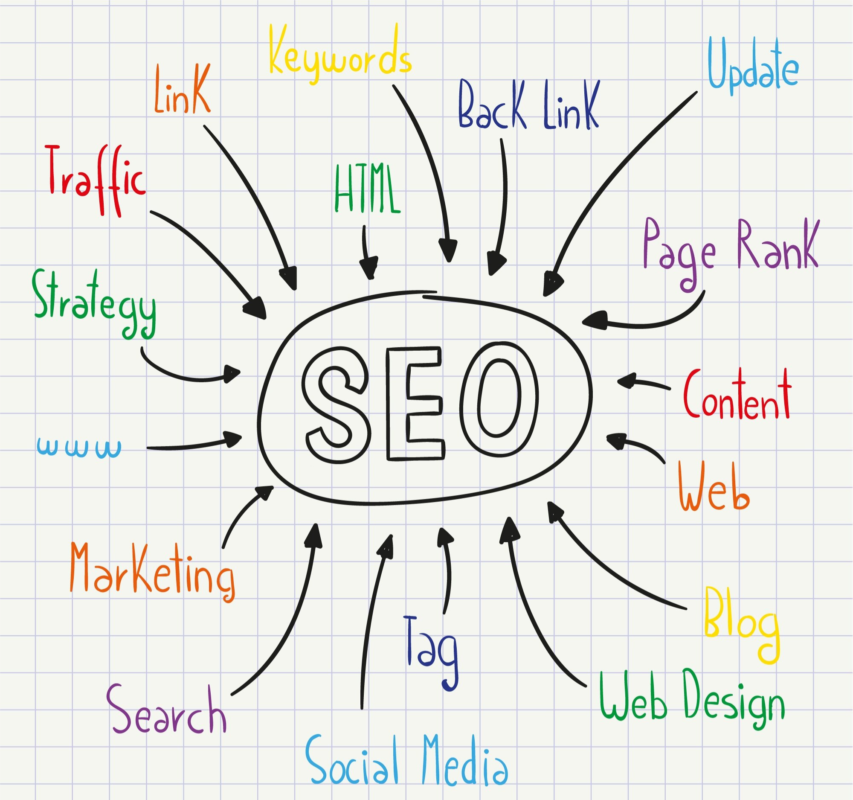Learn how to build a website that converts visitors into customers. This guide covers design, content, SEO, and optimization tips to help you drive results.
In today’s digital age, your website is often the first point of contact between your business and potential customers. But simply attracting visitors isn’t enough—your website needs to convert them into customers. Whether you’re selling products, offering services, or building a brand, a high-converting website is essential for driving revenue and growth.
In this blog, we’ll explore how to build a website that converts visitors into customers. From compelling design to persuasive copy, we’ll cover everything you need to create a website that drives results. Let’s dive in!
Why Conversion Optimization Matters
A high-converting website is more than just visually appealing—it’s designed to guide visitors toward taking action. Here’s why conversion optimization is crucial:
- Maximize ROI: Convert more visitors into paying customers, increasing your return on investment.
- Improve User Experience: A well-optimized website makes it easy for users to find what they need.
- Build Trust: A professional, user-friendly website builds credibility and trust with your audience.
In short, conversion optimization is the key to turning your website into a powerful sales tool.
Step 1: Define Your Goals
Before building your website, you need to define your conversion goals. Ask yourself:
1. What Actions Do You Want Visitors to Take?
- Purchase a Product: For e-commerce websites.
- Book a Service: For service-based businesses.
- Sign Up for a Newsletter: For lead generation.
- Contact You: For consultations or inquiries.
2. Who Is Your Target Audience?
- Understand your audience’s needs, preferences, and pain points.
- Create buyer personas to guide your design and content.
3. What’s Your Unique Selling Proposition (USP)?
- Highlight what sets your business apart from competitors.
Pro Tip: Use tools like Google Analytics to track your goals and measure success.
Step 2: Create a User-Friendly Design
Your website’s design plays a crucial role in converting visitors. Here’s how to get it right:
1. Keep It Simple
- Avoid clutter and focus on clean, intuitive layouts.
- Use white space to highlight key elements like CTAs and product features.
2. Use a Responsive Design
- Ensure your website looks great on all devices, including smartphones and tablets.
- Test your design on multiple screen sizes and browsers.
3. Optimize Navigation
- Use clear, descriptive menu labels.
- Include a search bar for easy access to content.
Pro Tip: Use tools like Hotjar to analyze user behavior and identify design improvements.
Step 3: Craft Compelling Content
Your content is what convinces visitors to take action. Here’s how to make it persuasive:
1. Write Clear Headlines
- Use attention-grabbing headlines that communicate value.
- Include keywords for SEO and relevance.
2. Focus on Benefits, Not Features
- Explain how your product or service solves your audience’s problems.
- Use storytelling to create an emotional connection.
3. Use Social Proof
- Showcase testimonials, reviews, and case studies to build trust.
- Highlight awards, certifications, or media mentions.
Pro Tip: Use tools like Grammarly to ensure your content is clear, concise, and error-free.
Step 4: Optimize for SEO
SEO ensures your website ranks high on search engines, driving more traffic and conversions.
1. Conduct Keyword Research
- Use tools like Google Keyword Planner or Ahrefs to find relevant keywords.
- Incorporate keywords naturally into your content, headlines, and meta tags.
2. Optimize Page Speed
- Compress images and use lazy loading to improve loading times.
- Minimize CSS, JavaScript, and HTML files.
3. Use Internal Linking
- Link to related pages to improve navigation and SEO.
- Use descriptive anchor text for better context.
Pro Tip: Use Google PageSpeed Insights to identify and fix performance issues.
Step 5: Add Strong Calls-to-Action (CTAs)
CTAs guide visitors toward taking the desired action. Here’s how to make them effective:
1. Use Action-Oriented Language
- Use verbs like “Buy Now,” “Sign Up,” or “Get Started.”
- Create a sense of urgency with phrases like “Limited Time Offer” or “Only a Few Left.”
2. Make CTAs Stand Out
- Use contrasting colors to make CTAs visually prominent.
- Place CTAs above the fold and at the end of key sections.
3. Test Different CTAs
- Use A/B testing to determine which CTAs perform best.
- Experiment with text, colors, and placement.
Pro Tip: Use tools like OptinMonster to create and test high-converting CTAs.
Step 6: Build Trust and Credibility
Trust is essential for converting visitors into customers. Here’s how to build it:
1. Showcase Testimonials and Reviews
- Display customer reviews prominently on your homepage and product pages.
- Use video testimonials for added authenticity.
2. Highlight Security Features
- Display trust badges, SSL certificates, and secure payment icons.
- Reassure visitors that their data is safe.
3. Provide Clear Contact Information
- Include a phone number, email address, and physical address.
- Add a live chat feature for instant support.
Pro Tip: Use tools like Trustpilot to collect and display customer reviews.
Step 7: Optimize for Mobile
With over 60% of web traffic coming from mobile devices, a mobile-friendly website is a must.
1. Use Responsive Design
- Ensure your website adapts to different screen sizes.
- Test your design on multiple devices and browsers.
2. Simplify Navigation
- Use a hamburger menu to save space.
- Make buttons and links easy to tap.
3. Optimize for Speed
- Compress images and use AMP (Accelerated Mobile Pages) for faster loading.
- Minimize redirects and eliminate pop-ups.
Pro Tip: Use Google’s Mobile-Friendly Test to check your website’s mobile performance.
Step 8: Test and Optimize
Conversion optimization is an ongoing process. Here’s how to continuously improve:
1. Use A/B Testing
- Test different headlines, CTAs, and designs to see what works best.
- Use tools like Google Optimize or VWO for easy testing.
2. Analyze User Behavior
- Use heatmaps and session recordings to understand how users interact with your site.
- Identify and fix pain points, like high bounce rates or abandoned carts.
3. Monitor Performance
- Track key metrics like conversion rates, bounce rates, and average session duration.
- Use tools like Google Analytics or Hotjar for detailed insights.
Pro Tip: Set up conversion funnels to track user journeys and identify drop-off points.
Conclusion
Building a website that converts visitors into customers requires a combination of compelling design, persuasive content, and continuous optimization. By defining your goals, creating a user-friendly design, and optimizing for SEO, you can create a website that drives results.
Remember, conversion optimization is an ongoing process. Regularly test, analyze, and refine your website to ensure it’s always performing at its best. With the right approach, you can turn your website into a powerful tool for growing your business. You can contact us for a Website Creation and Management plan; we will handle everything for you.



